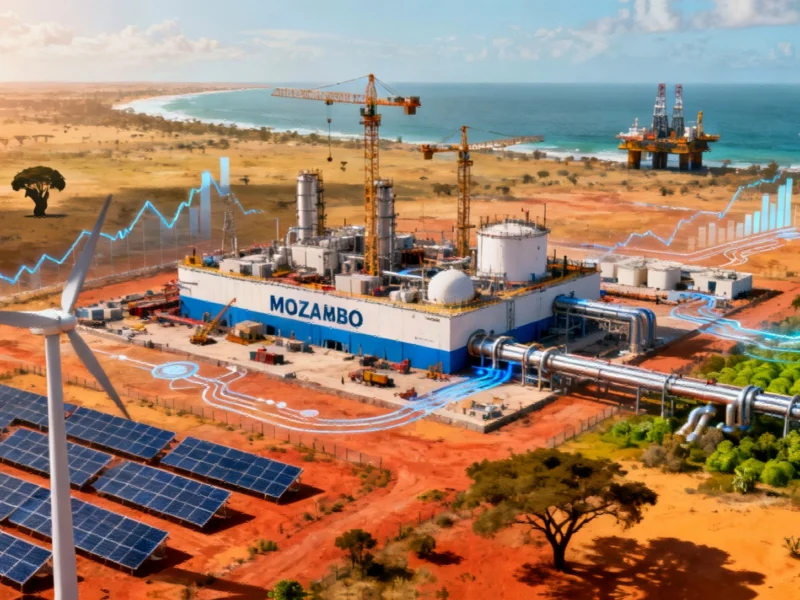According to The Economist, Pakistan has become the world’s second largest importer of solar panels, with annual imports of Chinese-made panels increasing almost fivefold to 16 gigawatts between 2022 and 2024. In the first nine months of 2025 alone, Pakistan imported another 16GW, with cumulative solar imports expected to match the national power system’s installed capacity by year-end. The rapid adoption has caused grid power consumption to drop by 12%, creating a “utility death spiral” where falling utility revenues push up bills for remaining customers, prompting more solar adoption. Despite Pakistan imposing a 10% sales tax on imported panels in June, demand remains high, with Energy Minister Awais Leghari noting that battery storage adoption is the next inevitable phase. This solar revolution represents a critical test case for how China will manage energy transitions across the Global South while restructuring its own coal-fired projects in Pakistan.
The Business Model Behind China’s Solar Diplomacy
China’s strategy represents a sophisticated pivot from infrastructure lending to technology ecosystem building. While China’s initial Belt and Road investments focused on traditional power plants and infrastructure loans, the solar revolution demonstrates a shift toward creating permanent export markets for Chinese green technology. The International Energy Agency projections showing green energy capacity more than doubling in developing regions between 2024-2030 represent a $200+ billion market opportunity that Chinese manufacturers are perfectly positioned to capture. This isn’t just about panel sales—it’s about establishing Chinese technology standards, creating dependency on Chinese batteries and inverters, and locking in service and maintenance revenue streams for decades.
The Utility Death Spiral: Economic Implications
The 12% drop in grid power consumption creates a fundamental business model challenge that extends far beyond Pakistan. Utilities face fixed infrastructure costs and debt obligations from previous Chinese-funded coal plants, creating a vicious cycle where remaining customers face higher bills, accelerating their departure from the grid. This phenomenon, previously seen in Germany and now emerging in South Africa and parts of the United States, represents a systemic risk to energy infrastructure financing globally. The situation is particularly acute in Pakistan because the debt for now-underutilized coal plants came from Chinese lenders, creating a diplomatic tension between China’s infrastructure lending arm and its manufacturing export interests.
Strategic Shift From Exporter to Local Manufacturer
China’s emerging response—investing in local manufacturing—represents a strategic evolution. The Johns Hopkins research showing $200 billion in promised Chinese green-tech investments abroad since 2022 indicates a recognition that circumventing trade barriers requires local presence. Countries like Nigeria considering complete import bans and Brazil implementing 25% tariffs make local manufacturing essential for market access. For Chinese companies facing domestic oversupply issues, establishing production facilities in target markets solves multiple problems simultaneously: avoiding tariffs, reducing shipping costs, creating local jobs, and building political goodwill.
The Geopolitical Stakes in Grid Modernization
The real prize isn’t panel sales—it’s who controls the smart grid infrastructure that will manage distributed energy resources. China’s potential assistance with Pakistan’s grid modernization represents a strategic opportunity to embed Chinese technology standards across developing economies. As Griffith University researchers note, China’s $11.8 billion in green-energy Belt and Road investments in 2024 represents a 60% increase, signaling a deliberate pivot. The ability to shape technical standards creates long-term competitive advantages by making future technology switching prohibitively expensive for host countries.
Market Opportunities Beyond Solar Panels
The next phase of this transition creates massive opportunities in complementary technologies. Battery storage represents the immediate frontier, with Pakistan’s spike in Chinese battery imports indicating the market’s direction. Electric vehicle charging infrastructure, smart inverters, grid management software, and green hydrogen production all represent natural extensions of China’s solar dominance. The Fudan University research partnership tracking these investments suggests Chinese companies are positioning themselves across the entire green technology value chain, not just panel manufacturing.
Risk Factors and Strategic Imperatives
The Pakistan case reveals several critical risk factors that could limit China’s green technology expansion. Political instability in partner countries creates investment uncertainty, while competing American and European tariff policies may restrict market access. More fundamentally, China faces a tension between protecting its manufacturing advantages through technology control and the need to transfer sufficient technology to enable local industries—a balance that has proven challenging in other sectors. Success requires navigating these competing interests while demonstrating genuine commitment to host country development rather than mere market capture.




